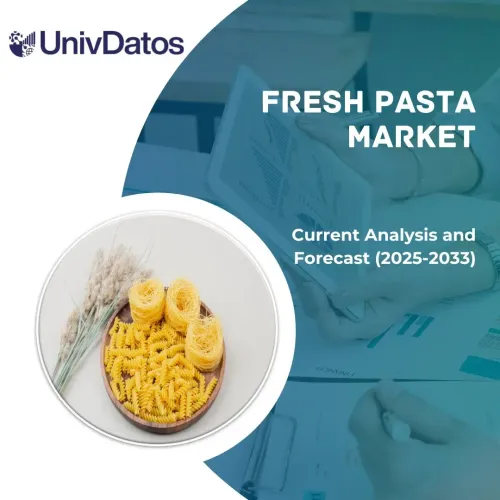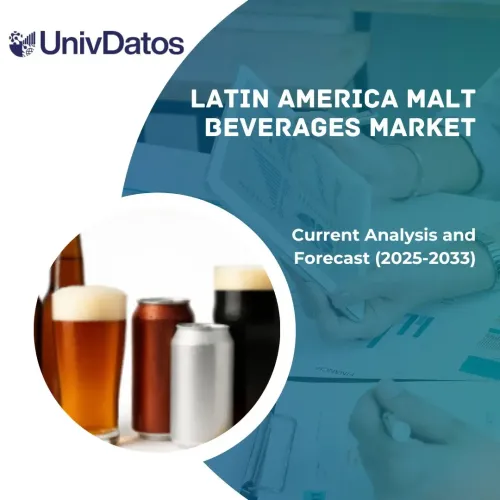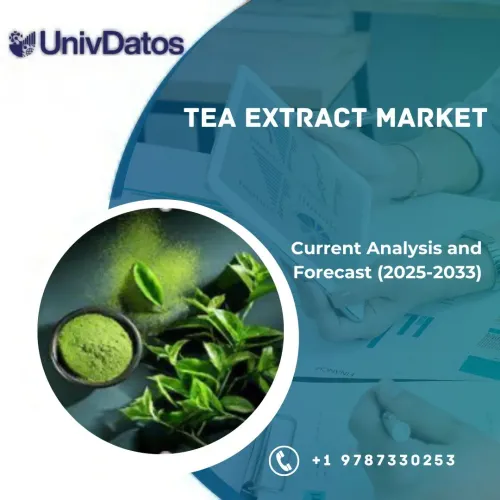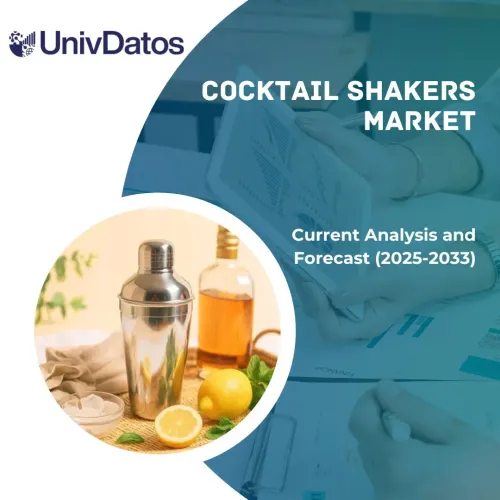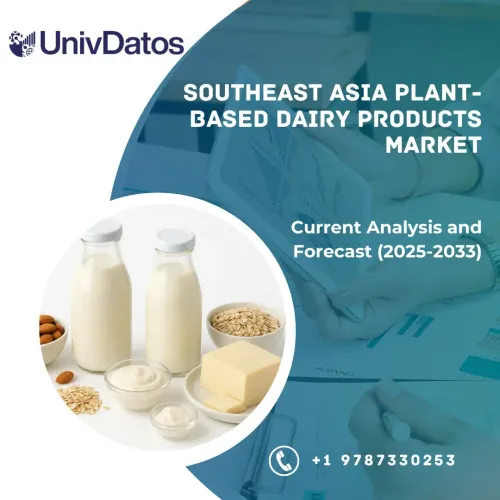- Home
- About Us
- Industry
- Services
- Reading
- Contact Us
Middle East Dairy Market: Current Analysis and Forecast (2023-2030)
Emphasis on Product Type (Milk, Butter & Cheese, Yogurt, and Others); Distribution Channel (Online and Offline); Country.
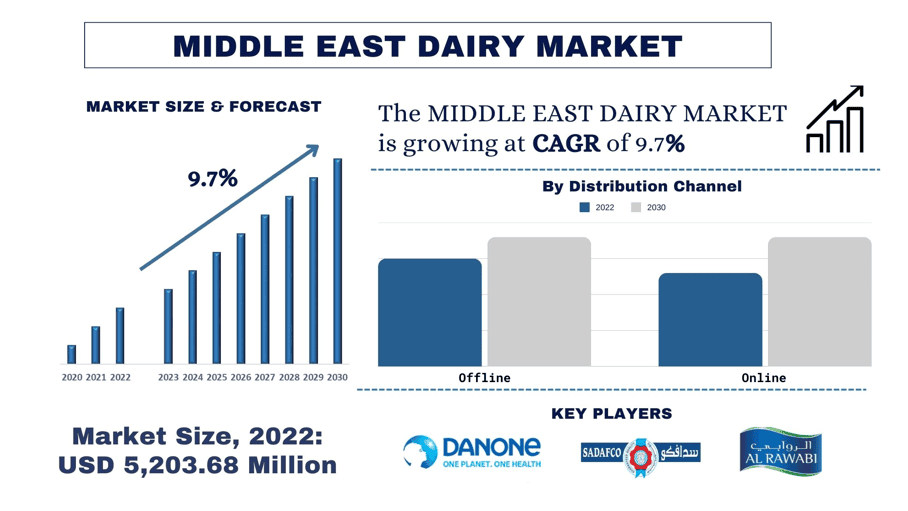
The Middle East dairy market was valued at USD 5,203.68 million in the year 2022 and is expected to grow at a strong CAGR of around 9.7% during the forecast period. This is mainly due to the increasing adoption of dairy alternatives, particularly plant-based products. With growing awareness of health and environmental concerns, consumers are seeking dairy alternatives that offer similar taste and nutritional benefits but with fewer environmental impacts. This trend is fueled by factors such as lactose intolerance, dairy allergies, and ethical considerations related to animal welfare. As a result, the market for plant-based dairy alternatives, including soy milk, almond milk, coconut milk, and oat milk, is experiencing rapid growth in the Middle East. Additionally, technological advancements and innovations in food processing have led to the development of plant-based dairy products that closely mimic the taste and texture of traditional dairy products, further driving consumer acceptance and adoption which will drive the growth of the market. For instance, in August 2021, as a part of the expansion, Saudia Dairy and Foodstuff Company opened an ice cream factory in Jeddah.
Some of the major players operating in the market include Danone S.A.; SADAFCO; Al Ain Farms; Almarai; Al RAWABI; Arla Foods amba; LACTALIS; National Food Products Company; Nestlé; NadecSeveral M&As along with partnerships have been undertaken by these players to facilitate customers with hi-tech and innovative products/technologies.
Insights Presented in the Report
“Amongst product, the butter & cheese category dominates the Middle East Dairy Market.”
Based on the product, the market is segmented into milk, butter & cheese, yogurt, and others. Among them, the butter & cheese category dominates the Middle East dairy market. Butter and cheese are integral components of Middle Eastern cuisine, adding richness and flavor to a variety of dishes. As consumer preferences shift towards Western-style diets and lifestyles, there is a growing demand for premium butter and cheese products, including gourmet and artisanal varieties. Additionally, the rising popularity of cheese-based snacks and appetizers, coupled with the influence of international food trends, has led to increased consumption of cheese across the Middle East.
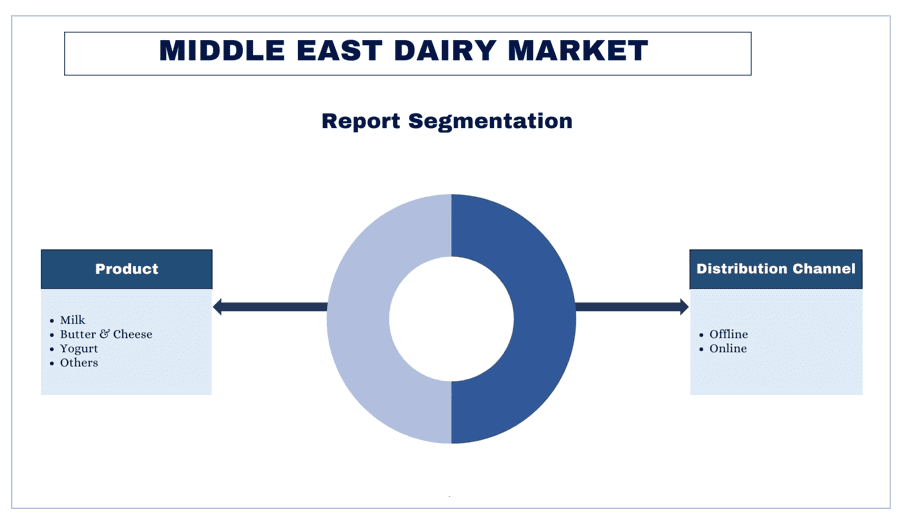
“Amongst distribution channel, the offline category dominates the Middle East Dairy Market.”
Based on the distribution channel, the market is segmented into online and offline. Among them, the offline category dominates the Middle East dairy market as consumers continue to rely on traditional retail outlets for purchasing dairy-based products. Supermarkets, health food stores, and specialty stores provide physical access to a wide range of dairy options, allowing consumers to explore and purchase products in-store. For instance, in June 2021, Almarai, the well-known dairy company in the Middle East, bought Binghatti Beverages Manufacturing’s production facility in the UAE for AED 215 million (USD 58.54 million) to expand its product range. This acquisition is expected to enhance Almarai’s ability to serve its customers by increasing the range of beverage products in the region. Despite the growth of online channels, the offline distribution segment remains dominant in the Middle East region, providing a crucial avenue for reaching consumers and driving sales in the Dairy market.
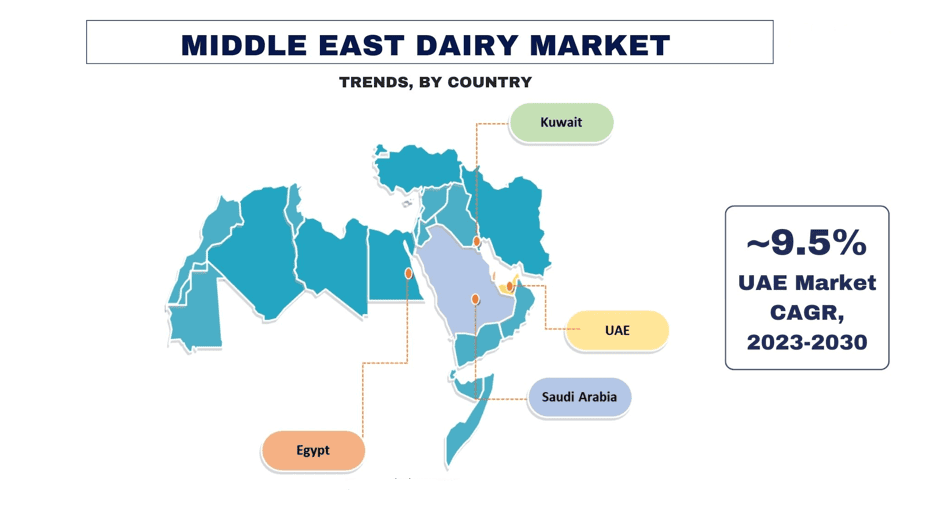
“Saudi is expected to dominate the during the forecast period.”
Saudi Arabia’s Dairy Market is experiencing robust growth driven by various factors such as the country’s rapidly growing population, coupled with rising disposable incomes and urbanization, has led to increased demand for dairy products. As lifestyles become more modern and Westernized, there is a greater inclination toward dairy consumption, including milk, yogurt, cheese, and other dairy-based products. Additionally, the government’s focus on promoting healthy eating habits and nutrition awareness campaigns has further fueled the demand for high-quality dairy products. For instance, in 2023, the Kingdom announced the development of a USD 10 billion action plan to boost domestic production, diversify and localize food sources, and reduce dependence on imports. Furthermore, strategic partnerships between local dairy producers and international companies have facilitated knowledge transfer and technology adoption, driving innovation and diversification in the Saudi dairy market.
Middle East Dairy Market Report Coverage
Report Attribute | Details |
Base year | 2022 |
Forecast period | 2023-2030 |
Growth momentum | Accelerate at a CAGR of 9.7% |
Market size 2022 | USD 5,203.68 million |
Countries | Saudi Arabia, UAE, Oman, Kuwait, Rest of Middle East |
Major contributing region | Saudi Arabia is expected to grow at the highest CAGR during the forecasted period |
Companies profiled | Danone S.A.; SADAFCO; Al Ain Farms; Almarai; Al RAWABI; Arla Foods amba; LACTALIS; National Food Products Company; Nestlé; Nadec |
Report Scope | Market Trends, Drivers, and Restraints; Revenue Estimation and Forecast; Segmentation Analysis; Impact of COVID-19; Demand and Supply Side Analysis; Competitive Landscape; Company Profiling |
Segments Covered | By Product; By Distribution Channel; By Country |
Reasons to buy this report:
- The study includes market sizing and forecasting analysis validated by authenticated key industry experts.
- The report presents a quick review of overall industry performance at one glance.
- The report covers an in-depth analysis of prominent industry peers with a primary focus on key business financials, product portfolios, expansion strategies, and recent developments.
- Detailed examination of drivers, restraints, key trends, and opportunities prevailing in the industry.
- The study comprehensively covers the market across different segments.
- Deep dive regional level analysis of the industry.
Customization Options:
The Middle East dairy market can further be customized as per the requirement or any other market segment. Besides this, UMI understands that you may have your own business needs, hence feel free to contact us to get a report that completely suits your requirements.
Table of Content
Research Methodology for the Middle East Dairy Market Analysis (2023-2030)
Analyzing the historical market, estimating the current market, and forecasting the future market of the Middle East Dairy Market were the three major steps undertaken to create and analyze the adoption of Home Healthcare in major countries in Middle East. Exhaustive secondary research was conducted to collect the historical market numbers and estimate the current market size. Secondly, to validate these insights, numerous findings and assumptions were taken into consideration. Moreover, exhaustive primary interviews were also conducted, with industry experts across the value chain of the Middle East Dairy Market. Post assumption and validation of market numbers through primary interviews, we employed a top-down/bottom-up approach to forecasting the complete market size. Thereafter, market breakdown and data triangulation methods were adopted to estimate and analyze the market size of segments and sub-segments of the industry pertains to. Detailed methodology is explained below:
Analysis of Historical Market Size
Step 1: In-Depth Study of Secondary Sources:
A detailed secondary study was conducted to obtain the historical market size of the Middle East Dairy Market through company internal sources such as annual reports & and financial statements, performance presentations, press releases, etc., and external sources including journals, news & and articles, government publications, competitor publications, sector reports, third-party database, and other credible publications.
Step 2: Market Segmentation:
After obtaining the historical market size of the Middle East Dairy Market, we conducted a detailed secondary analysis to gather historical market insights and share for different segments & and sub-segments for major regions. Major segments are included in the report as product and distribution channel. Further country-level analyses were conducted to evaluate the overall adoption of testing models in that region.
Step 3: Factor Analysis:
After acquiring the historical market size of different segments and sub-segments, we conducted a detailed factor analysis to estimate the current market size of the Middle East Dairy Market. Further, we conducted factor analysis using dependent and independent variables such as the product and distribution channel of the Middle East Dairy Market. A thorough analysis was conducted of demand and supply-side scenarios considering top partnerships, mergers and acquisitions, business expansion, and product launches in the Middle East Dairy Market sector across the globe.
Current Market Size Estimate & Forecast
Current Market Sizing: Based on actionable insights from the above 3 steps, we arrived at the current market size, key players in the Middle East Dairy Market, and market shares of the segments. All the required percentage shares split, and market breakdowns were determined using the above-mentioned secondary approach and were verified through primary interviews.
Estimation & Forecasting: For market estimation and forecast, weights were assigned to different factors including drivers & trends, restraints, and opportunities available for the stakeholders. After analyzing these factors, relevant forecasting techniques i.e., the top-down/bottom-up approach were applied to arrive at the market forecast for 2030 for different segments and sub-segments across the major markets globally. The research methodology adopted to estimate the market size encompasses:
- The industry’s market size, in terms of revenue (USD) and the adoption rate of the Middle East Dairy Market across the major markets domestically
- All percentage shares, splits, and breakdowns of market segments and sub-segments
- Key players in the Middle East Dairy Market in terms of products offered. Also, the growth strategies adopted by these players to compete in the fast-growing market.
Market Size and Share Validation
Primary Research: In-depth interviews were conducted with the Key Opinion Leaders (KOLs) including Top Level Executives (CXO/VPs, Sales Head, Marketing Head, Operational Head, Regional Head, Country Head, etc.) across major regions. Primary research findings were then summarized, and statistical analysis was performed to prove the stated hypothesis. Inputs from primary research were consolidated with secondary findings, hence turning information into actionable insights.
Split of Primary Participants in Different Regions
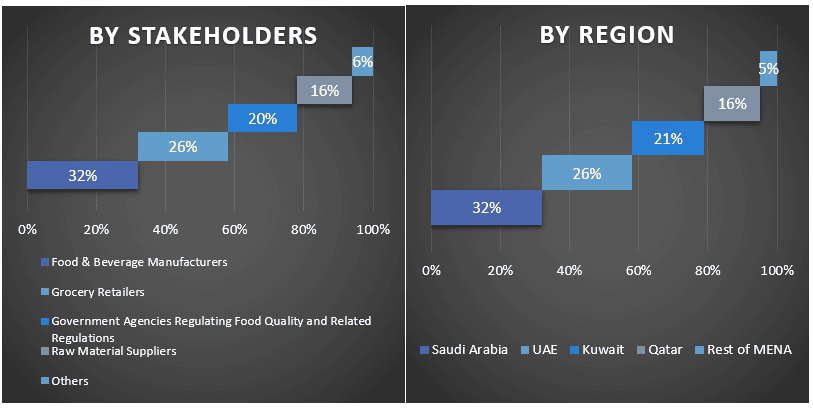
Market Engineering
The data triangulation technique was employed to complete the overall market estimation and to arrive at precise statistical numbers for each segment and sub-segment of the Middle East Dairy Market. data was split into several segments and sub-segments after studying various parameters and trends in the areas of the product and distribution channel in the Middle East Dairy Market.
The main objective of the Middle East Dairy Market Study
The current & and future market trends of the Middle East Dairy Market were pinpointed in the study. Investors can gain strategic insights to base their discretion for investments on the qualitative and quantitative analysis performed in the study. Current and future market trends determined the overall attractiveness of the market at a regional level, providing a platform for the industrial participant to exploit the untapped market to benefit from a first-mover advantage. Other quantitative goals of the studies include:
- Analyze the current and forecast market size of the Middle East Dairy Market in terms of value (USD). Also, analyze the current and forecast market size of different segments and sub-segments.
- Segments in the study include areas of the product and distribution channel.
- Define and analyze the regulatory framework for the surgical instrument
- Analyze the value chain involved with the presence of various intermediaries, along with analyzing customer and competitor behaviors of the industry.
- Analyze the current and forecast market size of the Middle East Dairy Market for the major region.
- Major countries of regions studied in the report include Asia Pacific, Europe, North America, and the Rest of the World
- Company profiles of the Middle East Dairy Market and the growth strategies adopted by the market players to sustain in the fast-growing market.
- Deep dive regional level analysis of the industry.
Frequently Asked Questions FAQs
Q1: What is the current market size and growth potential of the Middle East Dairy Market?
Q2: What are the driving factors for the growth of the Middle East Dairy Market?
Q3: Which segment has the largest share of the Middle East Dairy market by product?
Q4: What are the emerging technologies and trends in the Middle East Dairy Market?
Q5: Which region will dominate the Middle East Dairy Market?
Q6: Who are the key players operating in the Middle East Dairy Market?
Related Reports
Customers who bought this item also bought

